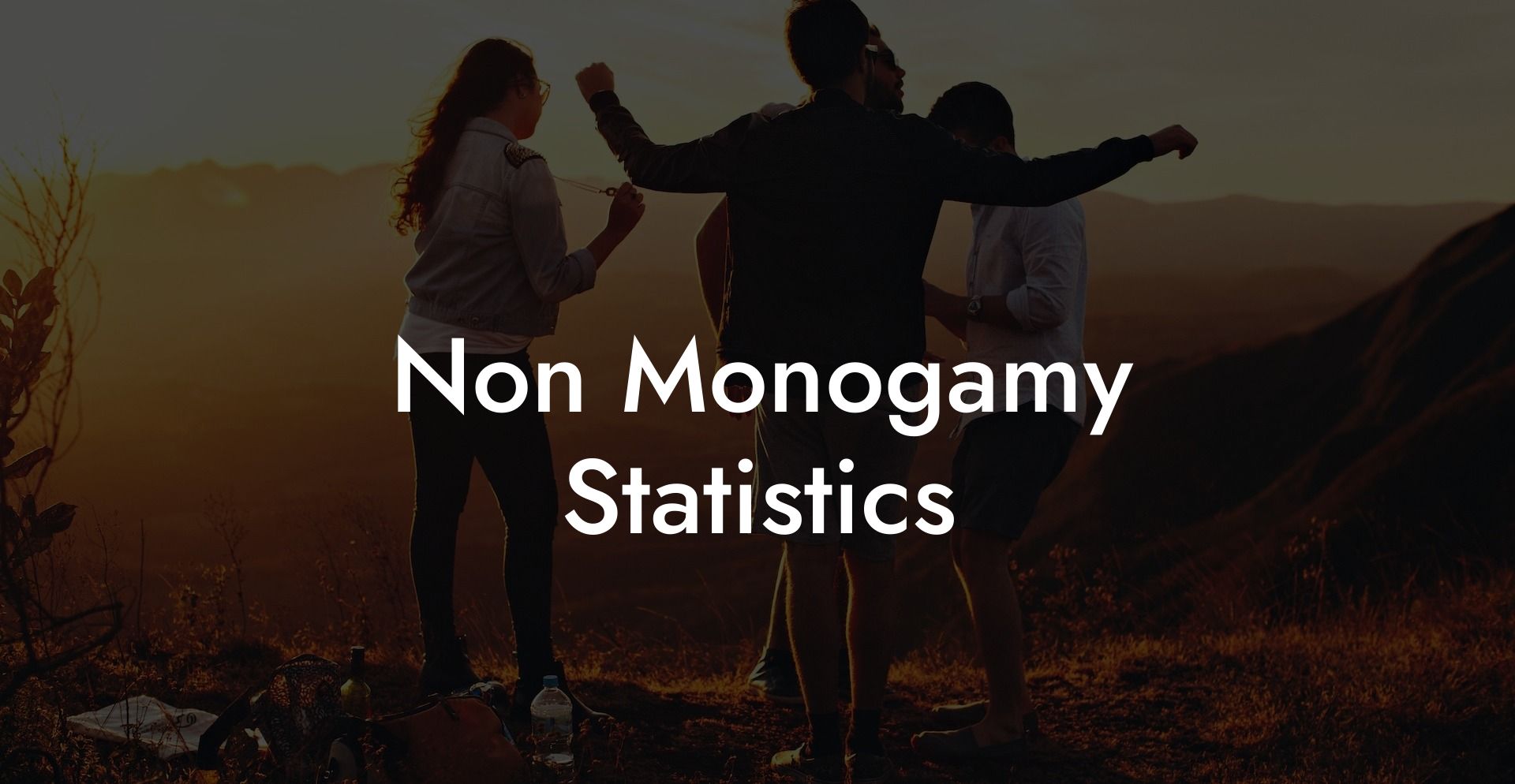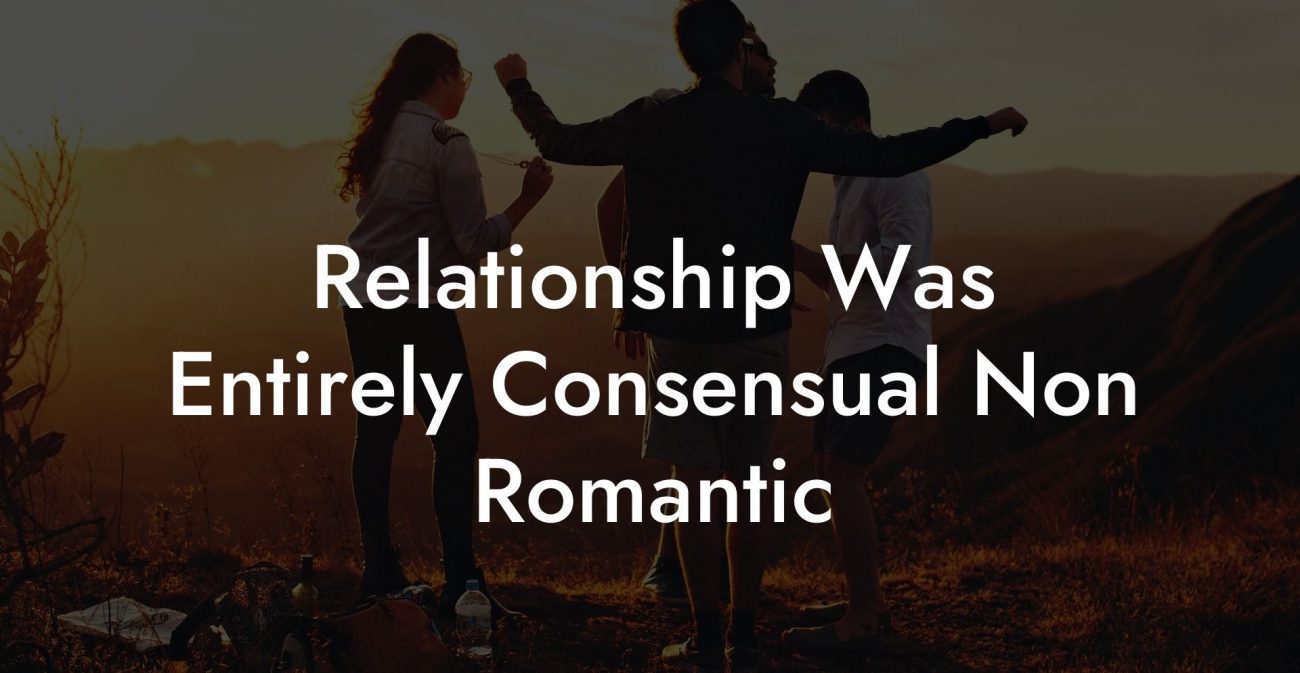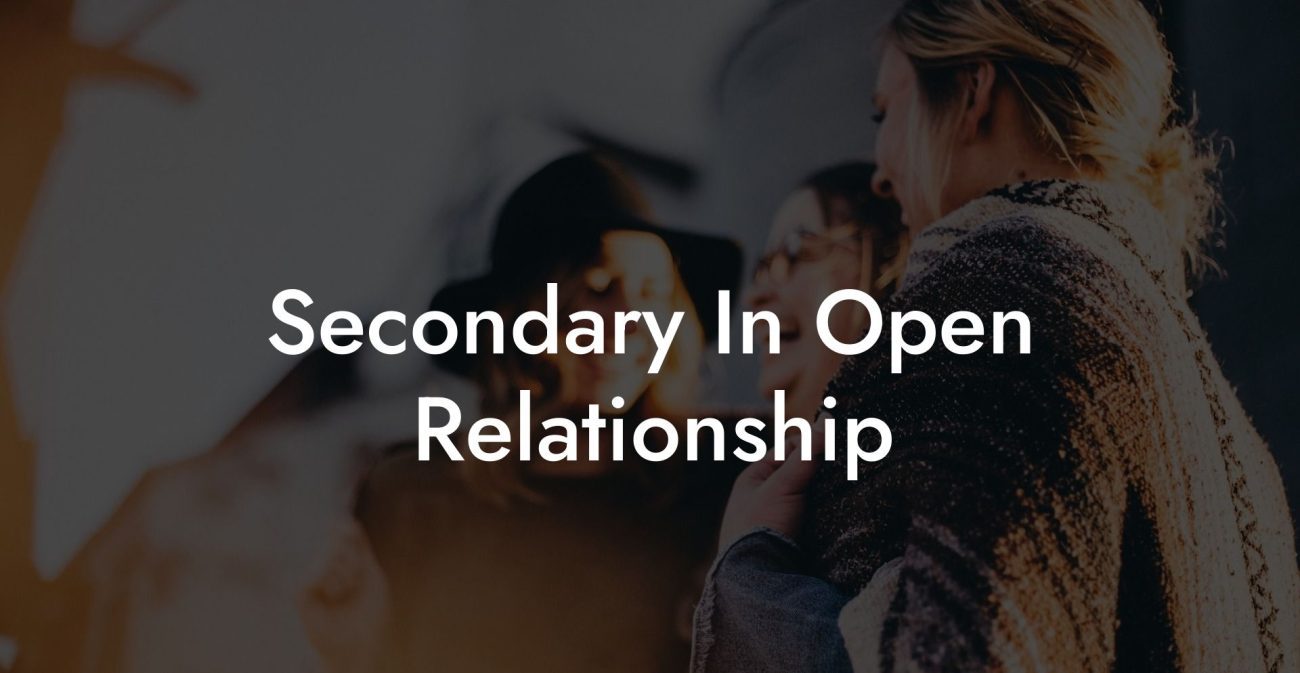In the ever-evolving landscape of relationships, there has been a shift away from the traditional model of monogamous partnerships in recent decades. As more people explore different ways to practice love and commitment, the concept of non-monogamy has emerged as an alternative to the 'one partner for life' ideal. Whether it's an open relationship, swinging, or polyamory, non-monogamous love styles challenge societal norms and redefine the parameters of intimacy. In this article, we dive into the intriguing world of non-monogamy statistics, which shed light on why people choose this relationship style and the impact it has on modern love. So, let's begin our journey through the fascinating realm of non-monogamous love and statistics that shape it.
Non Monogamy Statistics Table of Contents
A 2016 study published in the Journal of Sex and Marital Therapy found that approximately one-fifth of American respondents had engaged in some form of consensual non-monogamy (CNM) during their lifetime. This indicates a growing acceptance of non-monogamous relationships in society, allowing individuals to explore alternative ways to engage in intimate and loving partnerships.
Another study conducted in 2014 examined the prevalence of CNM among a sample of over 8,700 individuals. The results indicated that nearly 5% of respondents were currently engaged in an open relationship or some form of non-monogamous partnership.
Interestingly, the Gender & Sexuality Law Blog reported that in 2016, almost 5% of relationships in the United States were openly non-monogamous. These statistics help to illustrate the growing trend of alternative relationship styles in modern society. As more people embrace non-monogamy, it is vital to understand the reasons behind this shift and acknowledge the different types of non-monogamous relationships that exist.
Some of the main motivations behind pursuing non-monogamy include:
- Enhancing personal and relationship growth
- Exploring new experiences and connections
- Challenging societal norms and traditions
- Addressing unequal sexual desires within a partnership
- Balancing the demands of career and family with individual needs
Non Monogamy Statistics Example
For instance, consider a married couple who has an agreed-upon arrangement for a polyamorous relationship. Both partners acknowledge and accept each other's freedom to pursue connections outside of their marriage while maintaining a solid primary relationship. This setup allows the couple to experience emotional and sexual satisfaction on multiple levels while also creating a supportive, understanding, and accepting environment.
As more people choose to break free from traditional relationship norms, it is vital to continue examining and understanding the different ways love can manifest in our modern world. Non-monogamous relationships may come with their own unique set of challenges and rewards, but ultimately, they offer a chance for individuals to explore their true desires and expand their understanding of love and commitment. Take a moment to share this article with those interested in learning more about non-monogamy statistics and exploring other guides on The Monogamy Experiment. By doing so, you can help open the conversation on alternative relationship styles and promote understanding and acceptance of the numerous ways individuals practice love.













